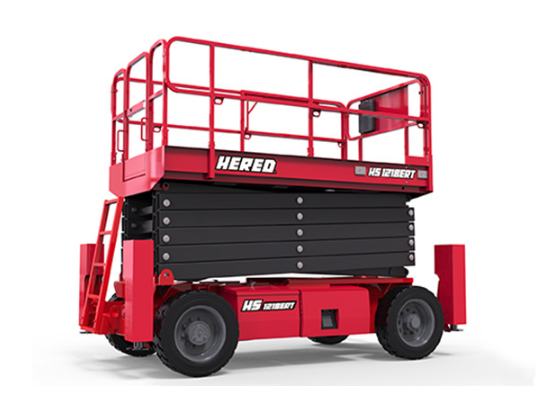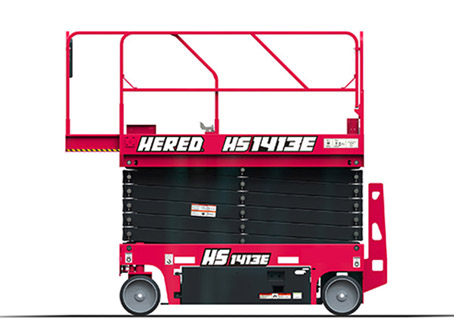How to Choose the Right Construction Lift?
Most construction or maintenance projects usually involve work that needs to be done on the ground, from repairing damage to structural ceilings to stock work in a warehouse. Sometimes a simple ladder is all that is needed, but workers often need a safe and sturdy platform to complete their tasks. That's why scissor lifts, a vertical rising platform with wheels, are known for being such a useful tool on almost any job site.
Scissor lifts for rough terrain
Rough terrain scissor lifts perform the same basic functions as electric scissor lifts. The main difference is that they have more stable tires and are designed for external environments and harsh conditions. You usually need the flat ground to use a scissor lift, but rough terrain models can help you navigate parts of the ground leading up to the job site. If you need multiple workers to reach an external site at the same time, this type of machine may be a perfect choice.
Electric scissor lifts
Electric scissor lifts do not have arms but have a wide platform supported by cross-bracing supports. This is the main difference between a scissor lift and a cantilever lift. It moves directly up and down and therefore has to be placed directly under the area you are working on. This makes it more limited in its use. However, the large platform is an important feature as it allows the whole team to complete the project at the same time. Typical uses for these lifts include external building maintenance, cladding installation, window installation, and window cleaning.
As with other aerial lifts, electric scissor lifts are manufactured by some of the best-known brands. To choose the best type of scissor lift, you need to consider load capacity, platform size, type of project, loading method, and power source.
How to Choose the Right Construction Lift?
So you need a moving boom lift or a scissor lift, but which type is best? Size is an important factor to consider. You need a sufficient range, but in a size that will fit safely and comfortably in your workspace. In addition, you need to consider the type of movement, load capacity, job site conditions, space constraints, and power supply.
Space constraints: Consider the space in which your lift is moving. High-rise buildings with narrow doorways require different aerial lifts to those used on wide job sites.
Load capacity: To prevent overloading, you need to consider how many workers (including elbow room) and equipment you will be loading onto the aerial platform.
Type of movement required: An aerial lift can be single mast or multi-mast - in other words, it will have either vertical or vertical and horizontal movement. The movement will determine the amount of lift you need.
Power compatibility: Diesel is a popular choice due to its availability and torque. However, if you are working indoors, an electric motor will be quieter and emission-free. You can also choose a dual-fuel engine for greater flexibility.
Job site conditions: Is your terrain steep and tricky, or fragile and soft? The conditions will determine the type of lift you need. As with any vehicle, tires are important. Flotation, non-marking, standard pneumatic, solid rubber, and foam-filled are just a few of the options.
Moving boom lifts and construction lifts cover a wide range of applications. From lifts that can lift one person up to 12 feet to machines that can lift a group of workers up to 150 feet, there are many options for aerial work platforms. Whether you're looking for one for a large construction project or a warehouse, you'll need to consider the benefits of each boom lift to choose the one that best suits your needs.





